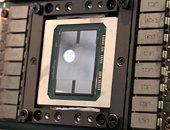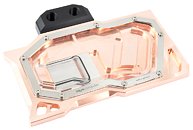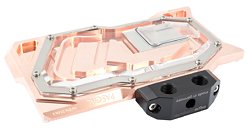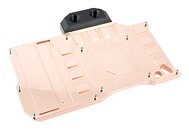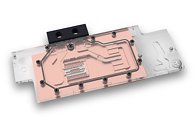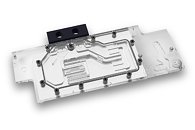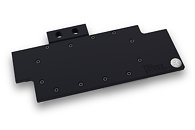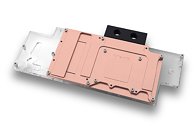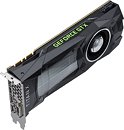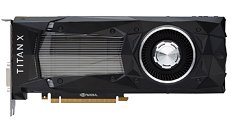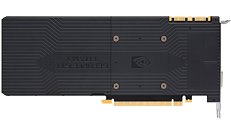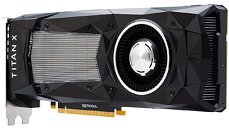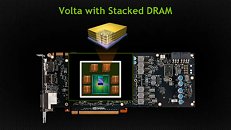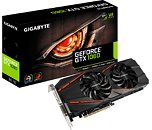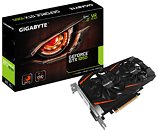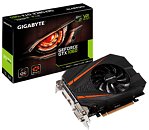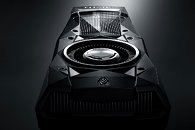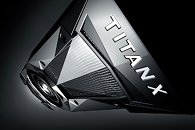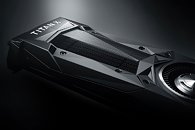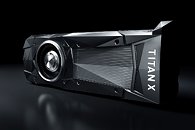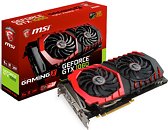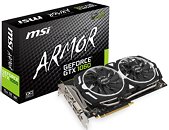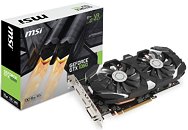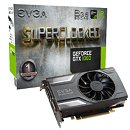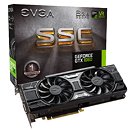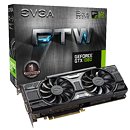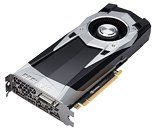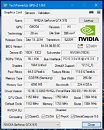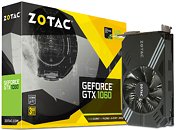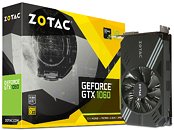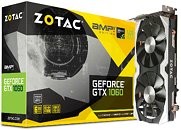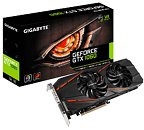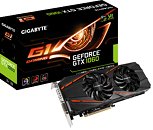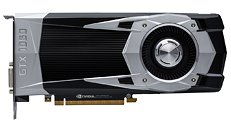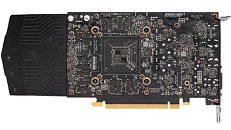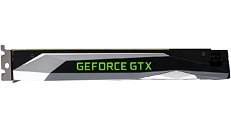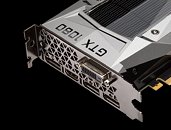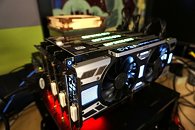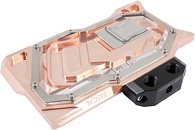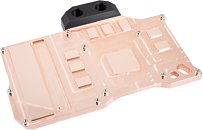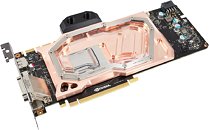
NVIDIA Announces the GeForce GTX 10 Series for Notebooks
NVIDIA today announced the GeForce GTX 10-series for notebooks. The lineup includes three SKUs - the GeForce GTX 1080 Mobile, the GTX 1070 Mobile, and the GTX 1060 Mobile. Thanks to huge energy-efficiency gains with the "Pascal" architecture and the new 16 nm silicon fab process, this round of NVIDIA's mobile GPUs aren't "gimped out" in comparison its desktop discrete GPU lineup, in that they SKUs don't feature fewer CUDA cores to their corresponding desktop counterparts.
The lineup begins with the GTX 1080 Mobile. Based on the GP104 silicon, this chip features all 2,560 CUDA cores, 160 TMUs, and 64 ROPs physically present on the chip. The chip is endowed with 8 GB of 256-bit GDDR5X memory ticking at 10 Gbps. The core clock speeds remain unknown. The GTX 1070 Mobile is an interesting SKU in that it is better endowed than its desktop counterpart. It features 2,048 CUDA cores (the desktop GTX 1070 features 1,920), 128 TMUs, 64 ROPs, and 8 GB of 256-bit GDDR5 memory running at 8 Gbps. This chip features 1443 MHz core, and 1645 MHz GPU Boost. At the bottom of the pile is the GTX 1060 Mobile. Based on the GP106 silicon, this chip features 1,280 CUDA cores, 80 TMUs, 48 ROPs, and 6 GB of 192-bit GDDR5 memory running at 8 Gbps; with clock speeds of 1405 MHz core, with 1569 MHz GPU Boost.
The lineup begins with the GTX 1080 Mobile. Based on the GP104 silicon, this chip features all 2,560 CUDA cores, 160 TMUs, and 64 ROPs physically present on the chip. The chip is endowed with 8 GB of 256-bit GDDR5X memory ticking at 10 Gbps. The core clock speeds remain unknown. The GTX 1070 Mobile is an interesting SKU in that it is better endowed than its desktop counterpart. It features 2,048 CUDA cores (the desktop GTX 1070 features 1,920), 128 TMUs, 64 ROPs, and 8 GB of 256-bit GDDR5 memory running at 8 Gbps. This chip features 1443 MHz core, and 1645 MHz GPU Boost. At the bottom of the pile is the GTX 1060 Mobile. Based on the GP106 silicon, this chip features 1,280 CUDA cores, 80 TMUs, 48 ROPs, and 6 GB of 192-bit GDDR5 memory running at 8 Gbps; with clock speeds of 1405 MHz core, with 1569 MHz GPU Boost.

